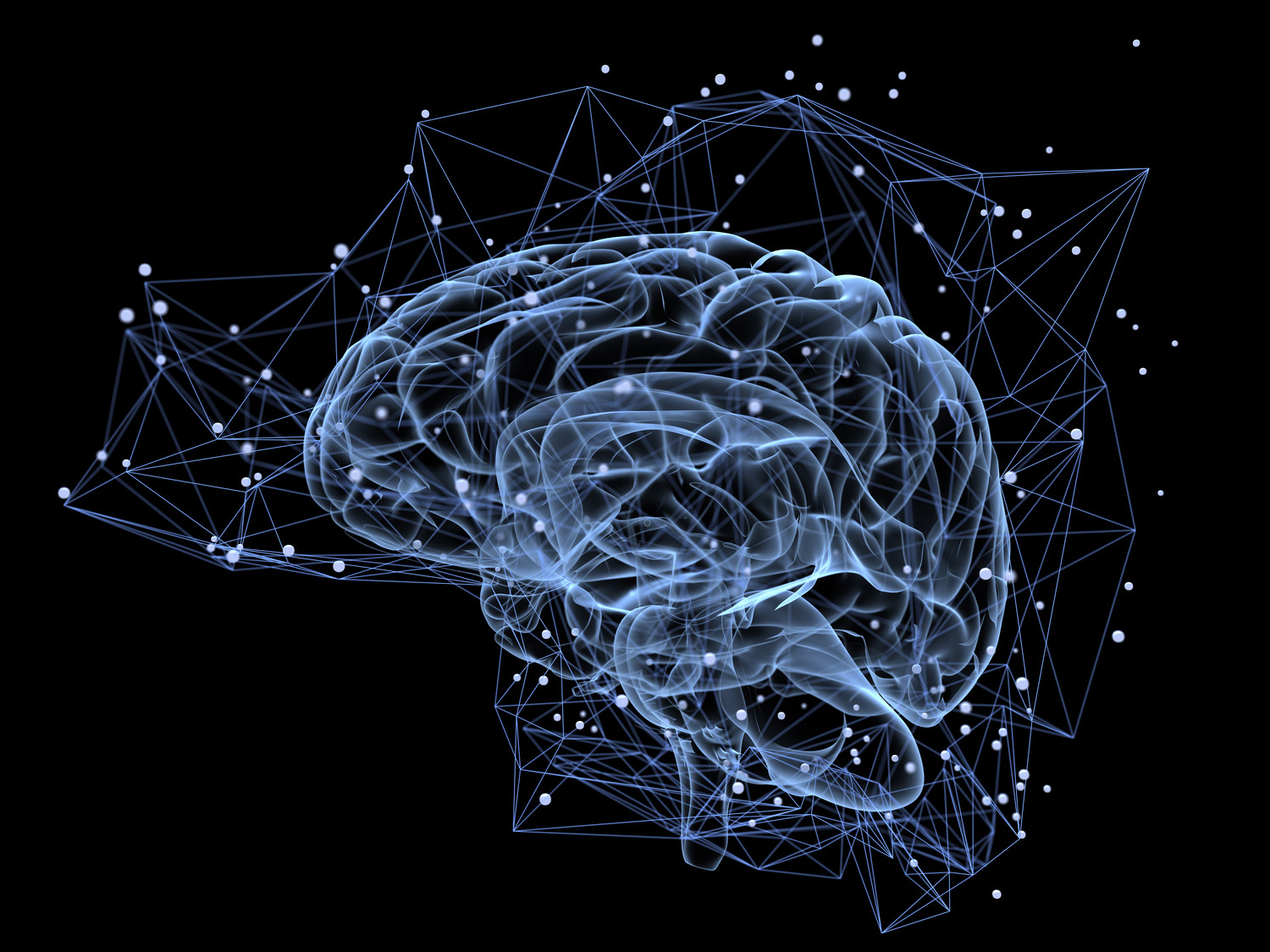The project aims to demonstrate that quantitative biological parameters of shared symptom domains across neuropsychiatric disorders (SZ, AD, and MD) can be used to create biologically meaningful clusters blind to the starting diagnosis. These disorders share part of their symptomatology, in particular social withdrawal and certain cognitive deficits. As a first level of analysis, we will focus on SZ and AD as the two disorders that are most likely to have clearly different biological substrates and hence be dissociable by quantitative means. PRISM further advocates that social withdrawal in SZ, AD, and MD could either precipitate or be an early biomarker for subsequent cognitive decline and for treatment efficacy. Thus, we would predict that SZ, AD and MD patients with high scores on social withdrawal have lower cognitive functioning than patients with low scores for social withdrawal.
The approach of the present project starts from a defined symptom, namely high social withdrawal, that can provide a quantitative biological description at the level of cognitive performance, neuronal circuits functioning and molecular genetic pathways. Implicitly, this would identify the appropriate assessment tools and lead finally to an enhanced diagnostic framework. By linking social withdrawal to quantitative biology the identification of maladaptive brain circuitries, molecular changes, disease stage and genetic risk regardless of any existing disease classification should all be significantly improved. By coupling high social withdrawal (and low cognitive performance) to a molecular landscape, a developing understanding of the biological substrates is expected to lead to translatable, quantifiable biomarkers or endophenotypes that eventually allow us to treat effectively the right patient population. These biological substrates and endophenotypes identified will be back translated to rodent models, providing the best predictive systems on the basis of specific human biosignatures of this cross-disorder phenotype.

